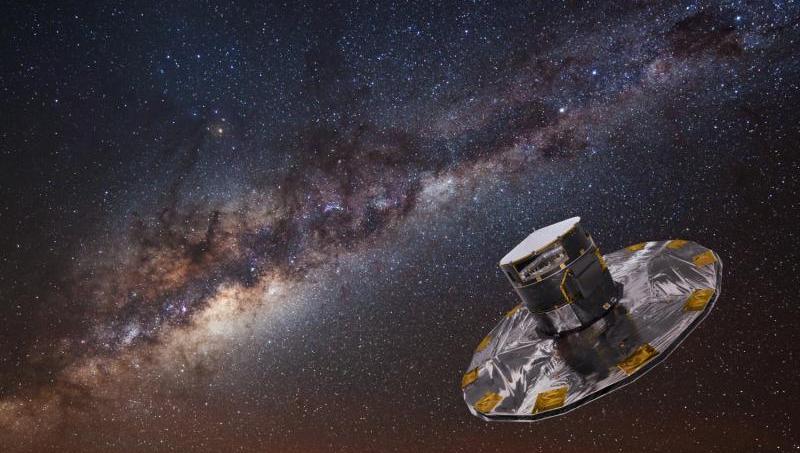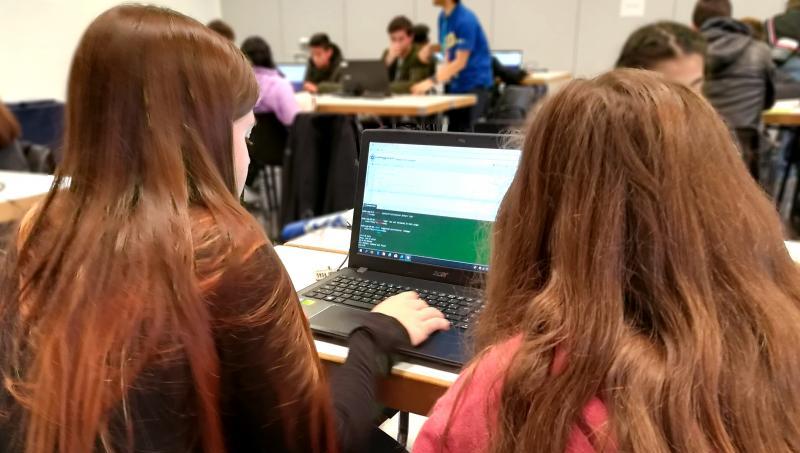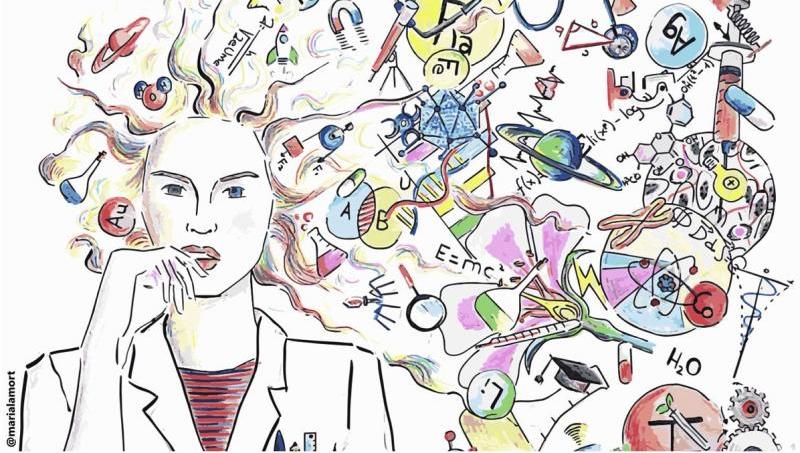ESA’s Gaia mission launched last April 25th the richest star catalogue to date, including high-precision measurements of nearly 1.7 billion stars and revealing previously unseen details of our home Galaxy.
A multitude of discoveries are on the horizon after this much awaited release, which is based on 22 months of charting the sky. The new data includes positions, distance indicators and motions of more than one billion stars, along with high-precision measurements of asteroids within our Solar System and stars beyond our own Milky Way Galaxy. Preliminary analysis of this phenomenal data reveals fine details about the make-up of the Milky Way’s stellar population and about how stars move, essential information for investigating the formation and evolution of our home Galaxy.
Gaia sweeps its gaze across the sky producing a continuous stream of data that is unintelligible in its raw format to the scientists who want to use it. The most challenging aspect of Gaia is the data managing and reduction process to convert the raw data into scientifically useful products. The Gaia UB group from IEEC-UB, which is part of the Gaia Data Processing and Analysis Consortium (DPAC), has participated in this mission in close cooperation with two RES nodes: the Barcelona Supercomputing Center (BSC-CNS) and the Consorci de Serveis Universitaris de Catalunya (CSUC). In total, the RES has provided 32.5 million computing hours to Gaia project from 2006 to date.
The main tasks of Gaia UB group conducted in MareNostrum supercomputer are the provision of simulations of full-sky catalogues (GOG) and, specially, the development and operational execution of one of the main modules of the cyclic data reduction system of Gaia (IDU). IDU calibrates the instrument response and refines image parameters and cross-match by running on the complete set of raw data accumulated once or twice a year during the mission. On the other hand, the CSUC cluster provides to Gaia UB Group a testing infrastructure to double-check the data processing software used in ESAC, in Madrid.
The Gaia Data Processing and Analysis Consortium (DPAC) is made up of 450 researchers from 20 countries and has been working from 2006 to develop the data processing algorithms, the corresponding software and the IT infrastructure for Gaia. The BSC-CNS and the CSUC have played an important role in Gaia project since the beginning as part of the DPAC consortium.



